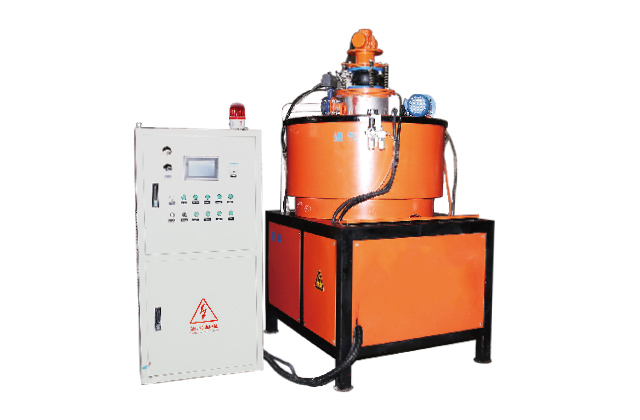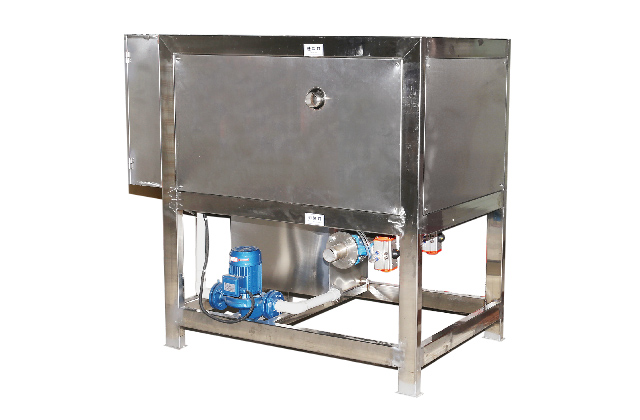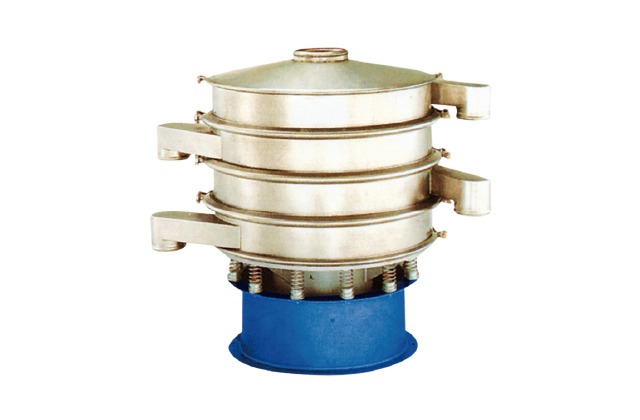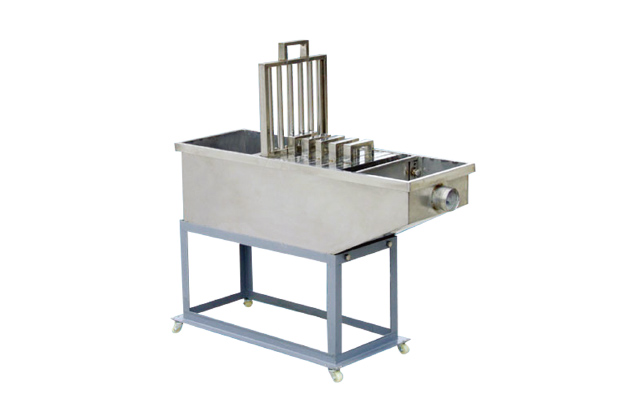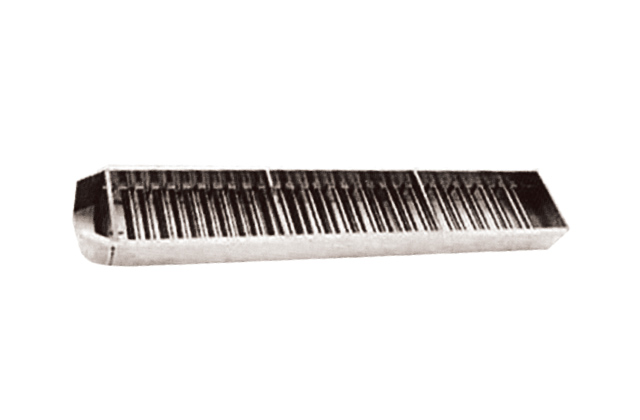September 2, 2025
How to Separate Iron from Sand?
Understanding the Problem
Have you ever wondered how to separate iron from sand? This is a common question in science experiments, educational projects, and even industrial processes. Separating iron from sand can seem challenging at first, but with the right techniques, it can be done efficiently. In this article, we’ll explore the best methods to achieve this separation and provide a step-by-step guide to help you succeed.
Why Separate Iron from Sand?
Before diving into the methods, let’s understand why this separation is important. Iron and sand are both valuable materials, but they serve different purposes. In many cases, such as in construction or manufacturing, having pure iron or sand is essential for specific applications. Additionally, in educational settings, this process can help students learn about magnetic properties and physical separation techniques.
Common Methods for Separation
There are several methods to separate iron from sand, ranging from simple physical techniques to more advanced chemical processes. Let’s explore the most effective ones:
1. Magnetic Separation
Magnetic separation is one of the most straightforward methods to separate iron from sand. Iron is a magnetic material, while sand is not. By using a magnet, you can attract the iron particles and leave the sand behind. This method is not only simple but also cost-effective and environmentally friendly.
To perform magnetic separation:
- Spread the mixture of iron and sand on a flat surface.
- Hold a magnet close to the mixture and slowly move it across the surface.
- The iron particles will stick to the magnet, while the sand will remain on the surface.
- Collect the iron particles and repeat the process until all iron is separated.
2. Physical Separation
Physical separation involves using physical properties such as density, size, and shape to separate materials. While magnetic separation is the most common method, there are other physical techniques you can use if the iron particles are not magnetic or if you want to achieve a higher level of purity.
Using a Sieve
If the iron particles are larger than the sand particles, you can use a sieve to separate them. Simply pour the mixture through a sieve with holes small enough to allow the sand to pass through while retaining the iron particles.
Using Density Separation
Iron has a higher density than sand, which means it will sink while the sand floats in water. You can use this property to separate the two materials. Here’s how:
- Fill a container with water.
- Add the mixture of iron and sand to the water.
- Stir the mixture gently to ensure even distribution.
- The iron particles will sink to the bottom, while the sand will remain suspended or float on the surface.
- Skim off the sand and collect the iron particles from the bottom.
3. Chemical Separation
Chemical separation involves using chemical reactions to separate materials. This method is more complex and is typically used in industrial settings where high purity is required. However, it can also be used in smaller-scale applications if necessary.
Using Acid
In some cases, iron can be separated from sand by dissolving it in acid. However, this method should be used with caution, as it can be dangerous and may not be environmentally friendly. Always wear protective gear and follow safety guidelines when working with chemicals.
Industrial Applications
In industrial settings, separating iron from sand is often a large-scale process that requires advanced equipment and techniques. Magnetic separation remains one of the most widely used methods in these applications due to its efficiency and cost-effectiveness. Additionally, industrial processes may involve more advanced physical and chemical separation techniques to achieve higher levels of purity.
Conclusion
Separating iron from sand is a task that can be accomplished using various methods, from simple magnetic separation to more complex chemical processes. Whether you’re working on a science project, an educational experiment, or an industrial application, understanding the best techniques for separation is key to achieving your goals. Remember to always follow safety guidelines and use the method that best suits your needs.


